What’s the world’s most popular beverage? Is it coffee, that black gold that Americans rely so much on? Is it a soft drink, wine or beer? Nope. The world’s most popular drink is tea. The U.N. Food and Agriculture Organization suggests that each day, globally we consume 6 billion cups of tea.
Who makes the world’s most popular drink possible? Women like Dipty.
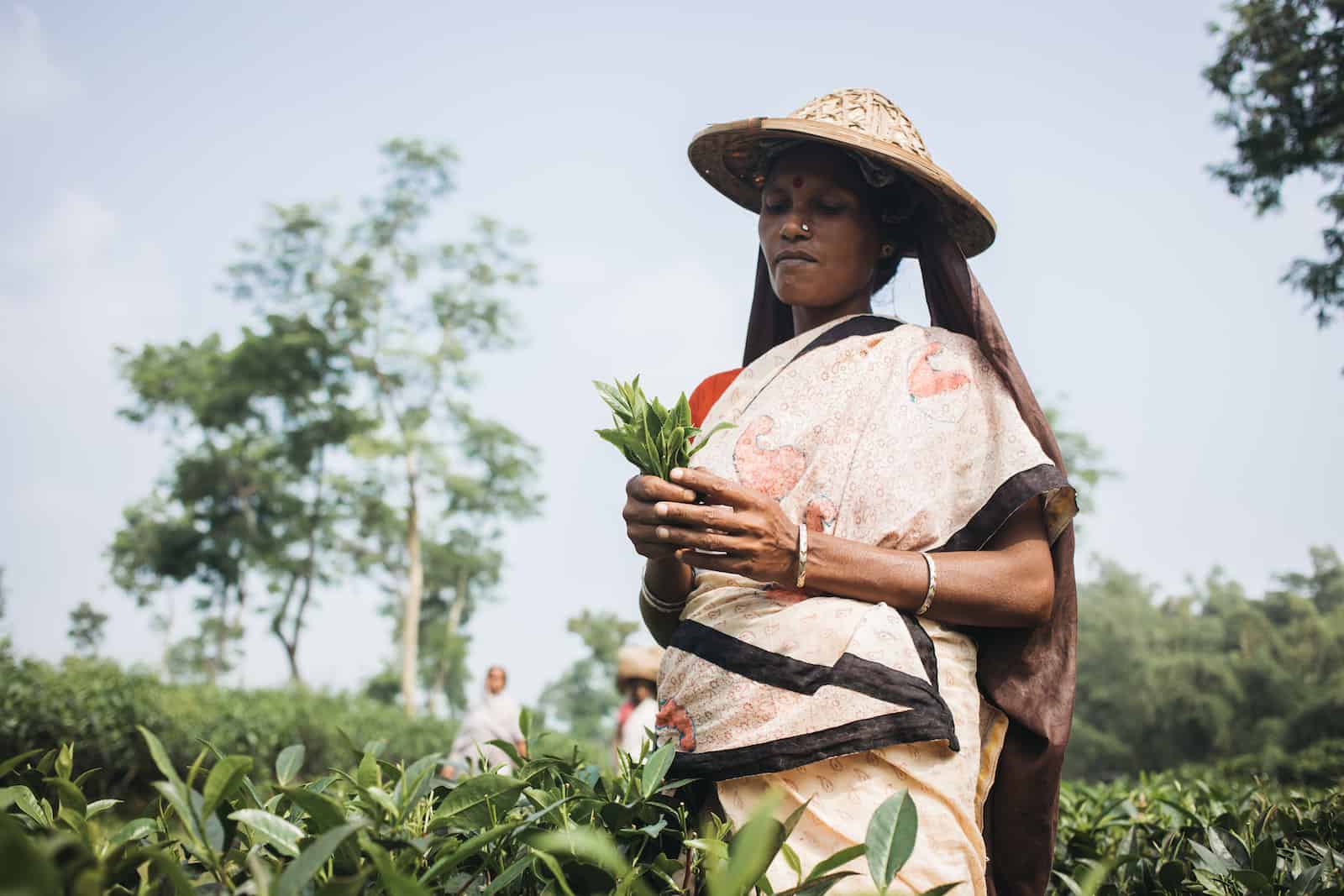
Dipty works in the tea fields of northeastern Bangladesh. As a day-laborer, she doesn’t receive the benefits that permanent workers do, such as food rations, medical benefits and a place to live.
Dipty makes just 102 Taka a day, approximately $1.20, for picking 50 pounds of tea leaves. Around the world, tea pickers from India to Sri Lanka experience similar conditions. As they work, they carry bags or baskets on their heads, which slowly get heavier and heavier as the day moves on.
At the end of a long day picking tea, workers line up to have their leaves weighed.
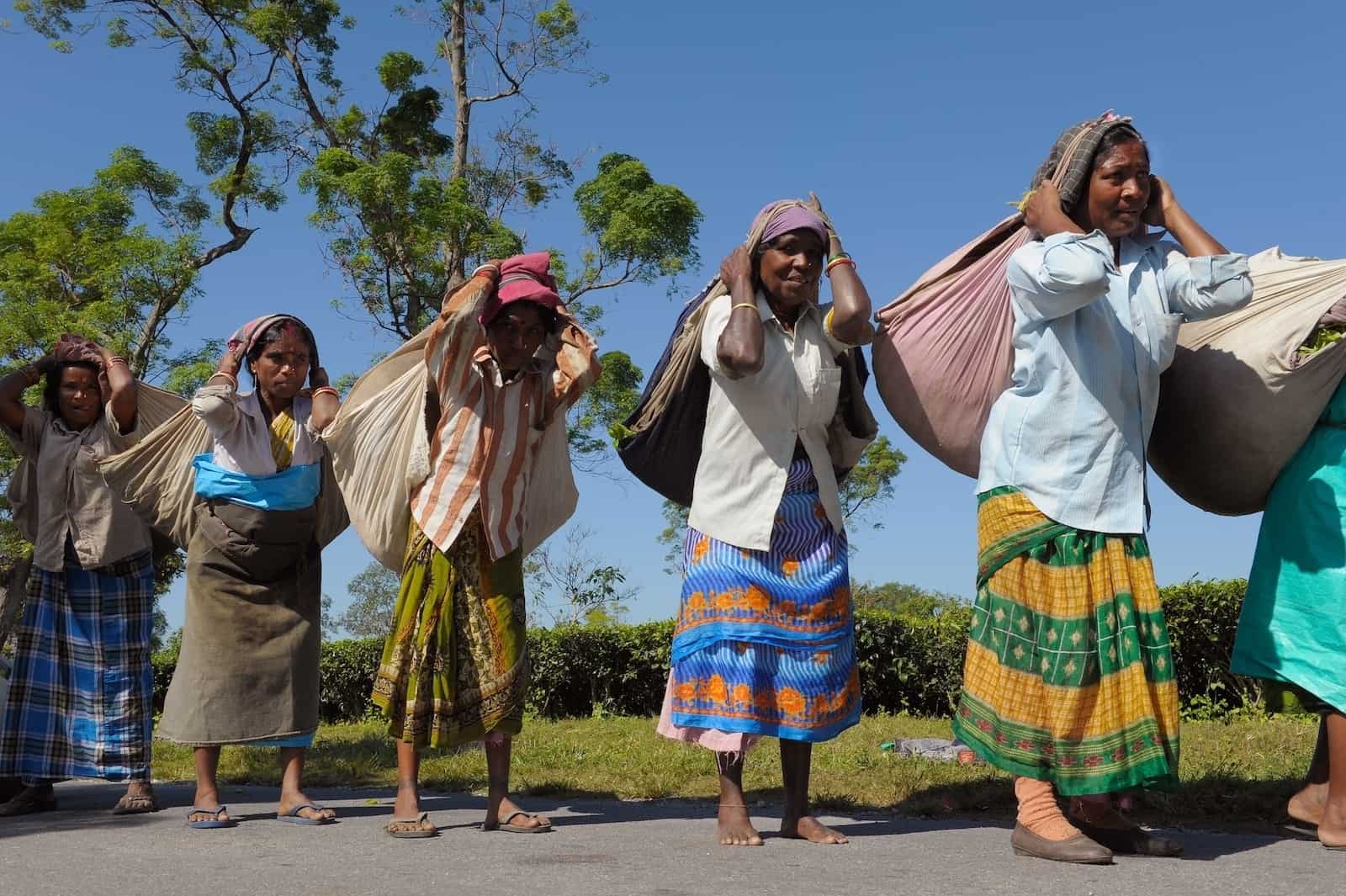
Next, men load the heavy bags onto a truck to be taken to the processing plant.
At the end of their grueling workday, $1.20 is not enough for these workers to provide for their families or invest in their children’s future. Tea workers often aren’t able to get treatment for things like snake bites and injuries or to receive prenatal care. But Dipty doesn’t know anything beyond life in the tea fields.

For generations, children of tea pickers have joined their parents in the tea gardens, learning from them on the job. Eventually the children drop out of school to work full time. It’s the only option many know because of the unavailability of jobs for unskilled workers outside the tea fields.
Uttam also makes the most popular drink in the world possible.
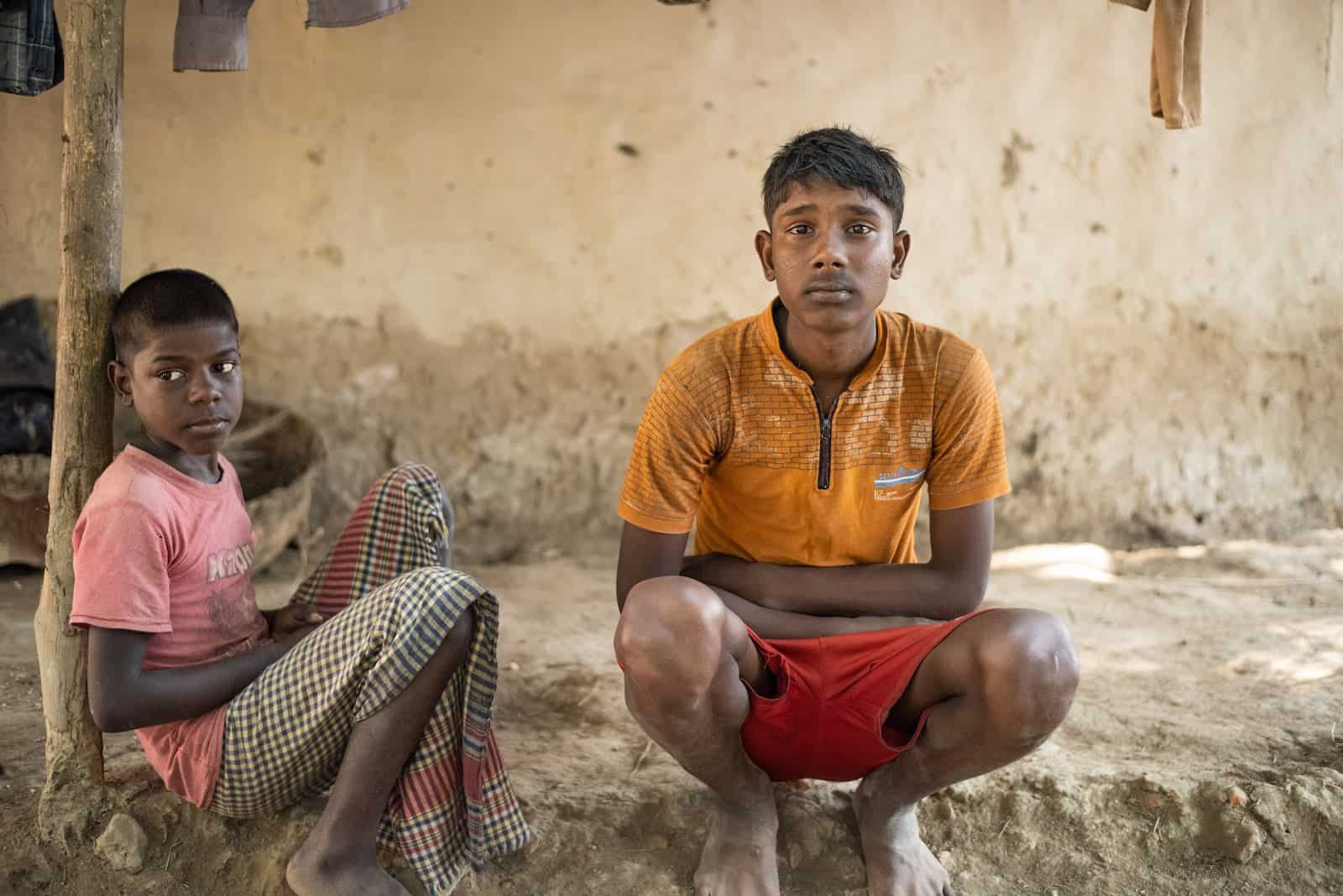
Uttam is 15. When his father had a stroke and was paralyzed, Uttam replaced him in the tea fields in northeastern Bangladesh to work under his name. Unlike Dipty, he is a permanent worker. That means he receives monthly basic medications and food rations, including 8 kilograms of rice and lentils. Like Dipty, he earns $1.20 a day, but that still isn’t enough to support his family of four.
So Uttam’s 10-year-old brother, Sujit, started working too.
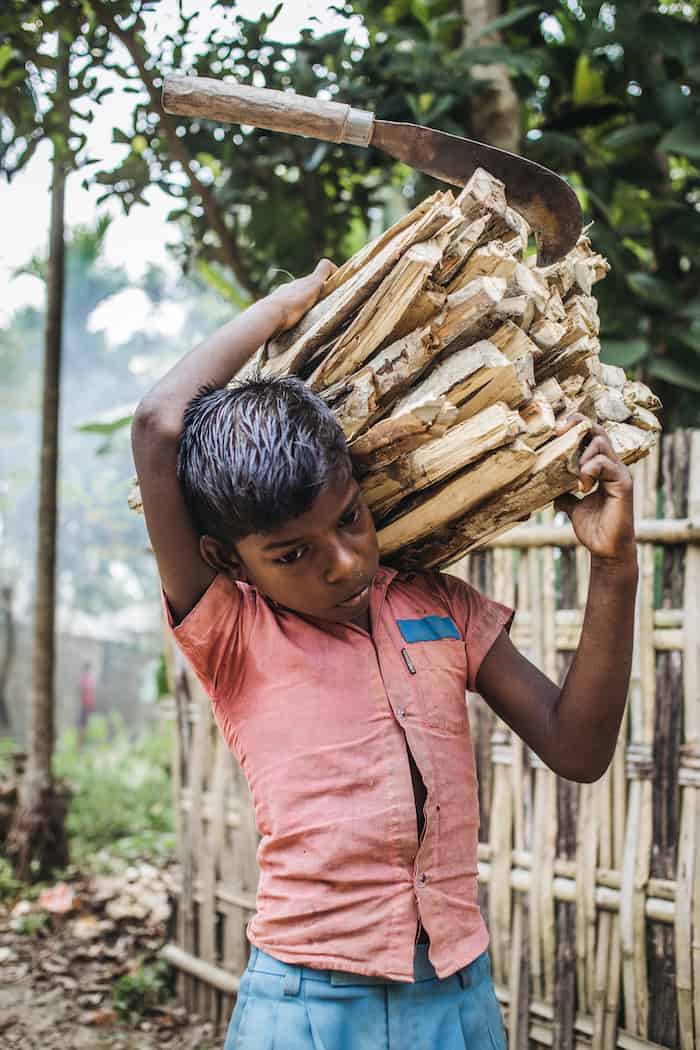
Sujit would walk 45 minutes into the jungle to collect wood, and carry back more than 30 pounds on his young shoulders. His family would use the wood to cook, and he’d sell the extra to neighbors. Sujit also started working for a local brick mason and carpenter. But he was easy prey for exploitation. His employers knew Sujit’s family was powerless, and he was never paid for his work in full. For 40 days work, he only received two weeks’ pay.

“I tried to work as hard as I could at the construction site, but I didn’t like the fact that they didn’t pay me on time. Until now they paid me only for two weeks’ work,” says Sujit.
But thanks to sponsors, this cycle of child labor is being broken.
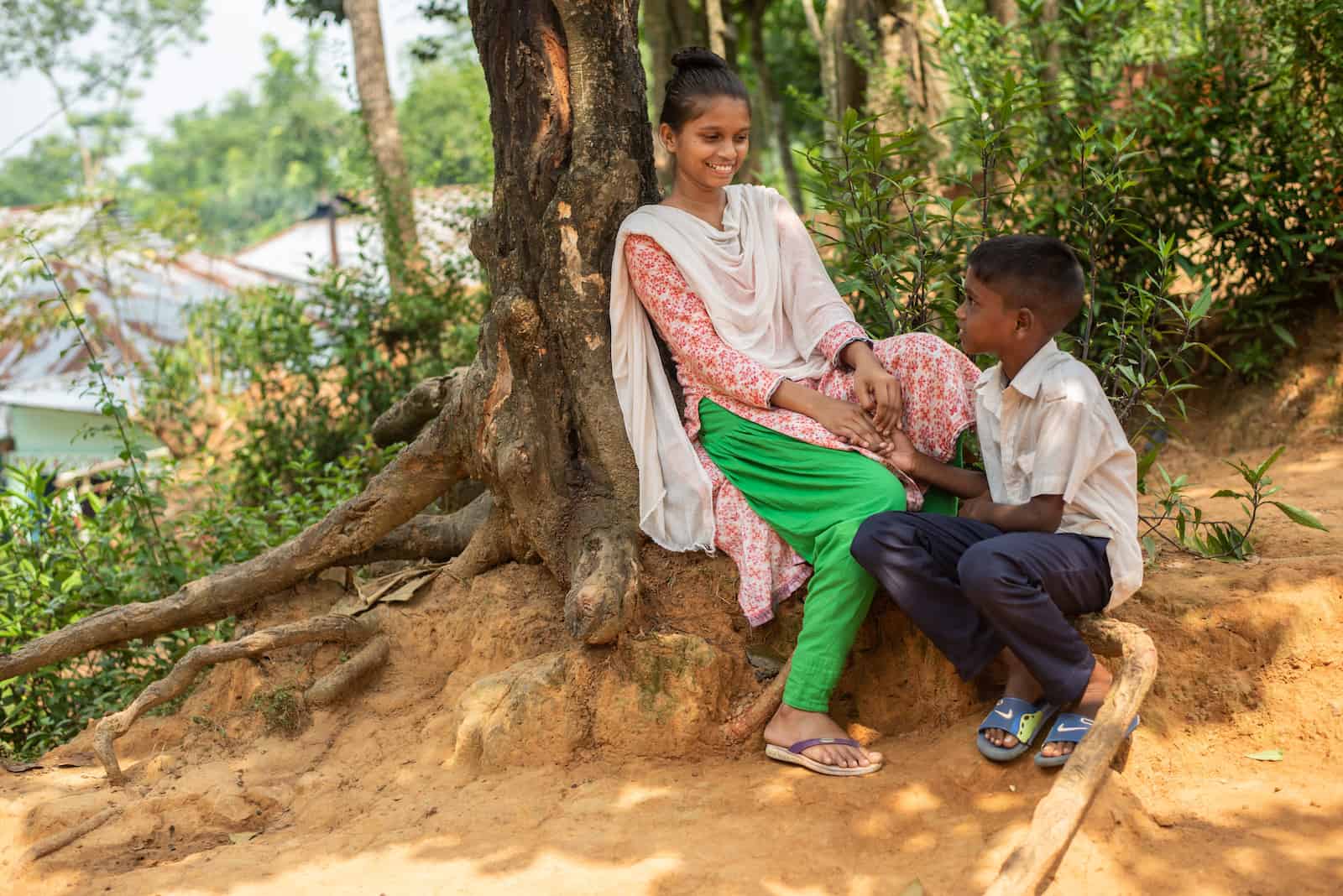
These are Dipty’s children, Mispi and Samuel. Neither work on the tea planation because both are sponsored through Compassion. At first, Mispi’s parents’ highest aspiration for her was to become an officer in the tea fields, but sponsorship opened her eyes to bigger goals.
“The day I came to know that I was sponsored and received my sponsor’s photo, it felt like the sky was the limit for me to reach out to my dreams,” says Mispi.
Now Mispi has something else planned for her future. She wants to become a nurse and serve people in need. This studious 19-year-old is leading her family beyond the tea gardens.

“Tea picking will help us to somehow survive in the tea field, but with nursing skills I will not only survive but also help others with my skills, like my sponsor is supporting me from hundreds of miles away,” says Mispi.
Sujit also no longer has to work.
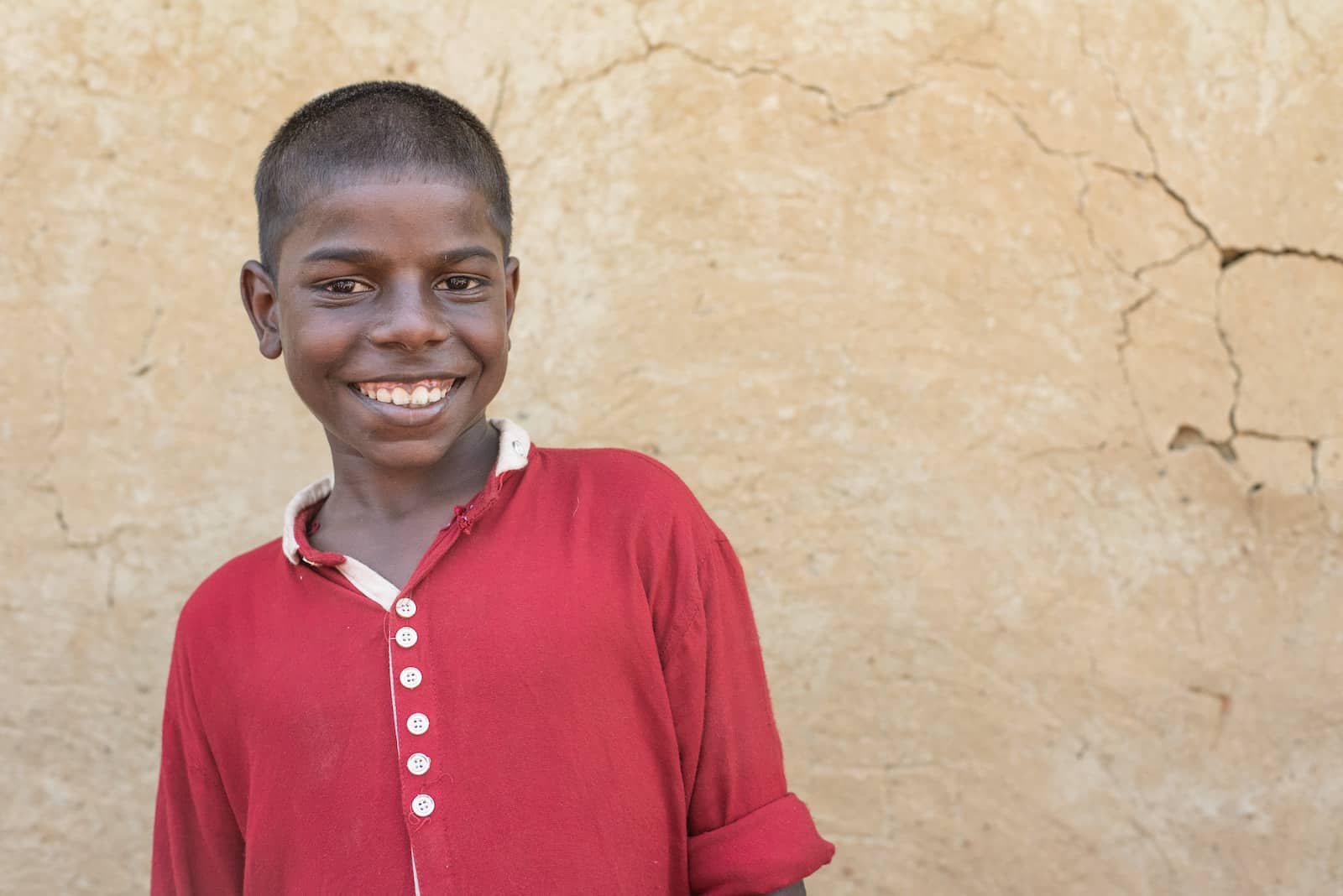
Because of his family’s highly vulnerable situation, they began to receive additional support from Compassion. The family now receives monthly supplies of rice, soybean oil, lentils and toiletries. The support is enough that Sujit no longer has to provide these basic necessities for his family.
While the support from Compassion doesn’t eliminate the family’s challenges, the presence of Compassion’s church partner in the village is showing children a new way to live. A way in which they don’t have to pick up machetes, but can play and go to school.
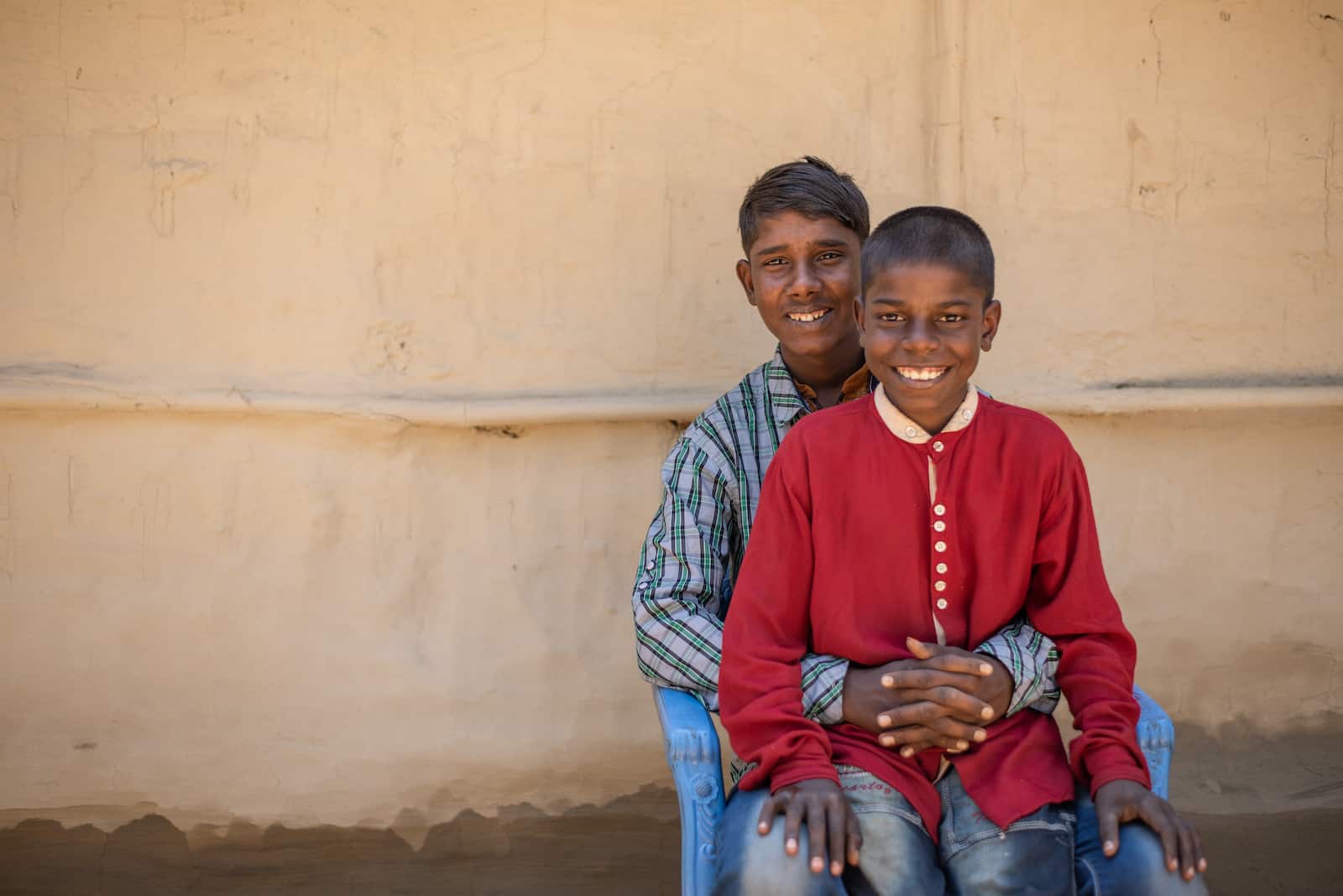
Ummat and Sujit’s circumstances expose the complexity of poverty. Families like theirs feel the strain of a reduced monthly income when their children go to school or attend the Compassion center instead of working. But these families are also beginning to understand that generational poverty can be broken in the long term.
Through the work of the local church and sponsorship, thousands of children in the northeastern districts of Bangladesh are learning a way out of poverty and a life beyond the tea gardens.

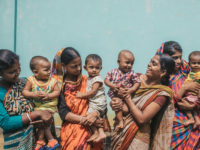





5 Comments |Add a comment
I feel very touched by the pics and am motivated to help people like this to live a better life!
*I have the same Bible as the boy in the picture with the bike (in English, though)!!
~Madeline (age 9)
These stories are wonderful. When I was in Bangladesh in 1998, I found out that the local people didn’t drink good tea… just the left over dust or lousy tea. All of the tasty tea was exported. So their work didn’t even produce a nice locally sold product. I hope that has changed since 1998. I’m so thankful for Compassion’s work in Bangladesh and around the world where poverty is greatest!
Thank you to Jesus for providing for me so I can be used to help with these beautiful families!
It is a grand emotion to know of the wonderful Godly work Compassion is doing. I can become emotional very easily as I look at the articles and see the smiling faces and people with hope for a better life. Praise God
Very interesting, yet sad, article. I’m happy that I can sponsor a child.